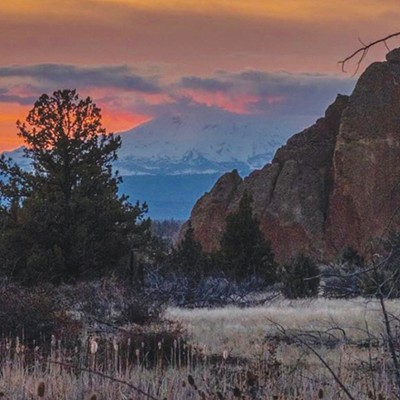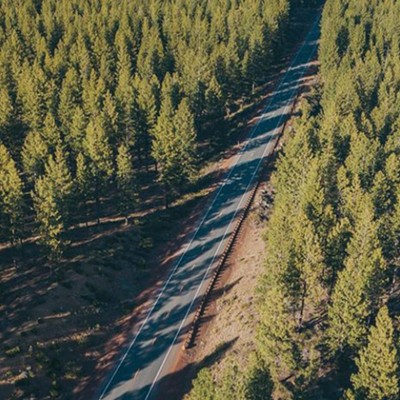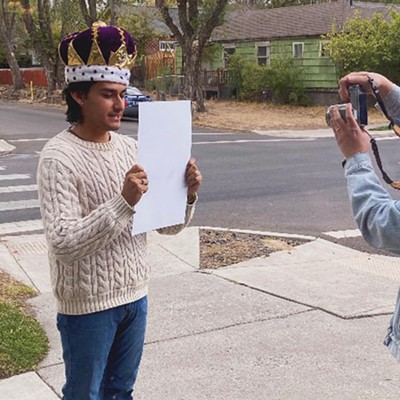Do we really need to domesticate another wild species? Is keeping a herd of pet elk as cute and harmless as it seems? Consider this:
Chronic wasting disease (mad cow disease for deer and elk) has been spread from elk farm to elk farm and sometimes from elk farm to wild elk in over a dozen states in the last 15 years. CWD is always fatal, and you can't even tell if an animal has it until it dies. Meanwhile, it's contagious for two or three years or more before the animal dies. It's nasty, and the risk to our wildlife is too great to contemplate.
Saskatchewan spent $20 million eliminating CWD from 38 elk farms. Wisconsin has spent over $12 million trying to eradicate CWD from its white-tailed deer herds. These are taxpayer dollars.
CWD is not the only disease of concern. In 2001 tuberculosis (TB) was found on an elk farm in Grant County. That incident cost taxpayers over $1 million. Loss of Oregon's TB-free status would be a tremendous blow to the livestock industry.
By 1998, 64 escapes of Oregon captive elk and deer had been reported to ODFW. Despite rules requiring the owner to notify ODFW, only 11 of these escapes were reported by the owner.
Last year, elk were illegally transported to an unlicensed facility in Lakeview, and were discovered to have ear tags belonging to elk that had been reported slaughtered. So much for rules.
Last month, 25 wild elk were discovered inside a licensed elk ranch near Astoria, with no fence damage or obvious means of entry.
Oregon banned canned hunting of elk several years ago. However, we still allow elk ranchers to sell bull elk to hunting ranches in other states. That is analogous to letting people raise fighting cocks or fighting dogs to be used in other states - which thankfully is against state law.
Right now, ODFW collects $5 per year from each elk rancher. It costs about $50,000 to manage the cervid ranching program. Oregon's hunters - most of whom do not support elk ranching - pay for this.
There is no bonding or insurance required of elk ranchers. If there is a disease outbreak or escape attributable to this industry, the taxpayers foot the bill.
There are some responsible elk ranchers in Oregon, but even responsible practices don't guarantee the safety of the public's wildlife. And we have some elk ranchers who are neither responsible nor law-abiding - there is no telling what they will do.
Given all this, doesn't it seem reasonable that ODFW should live up to its mission statement: "To protect and enhance Oregon's fish and wildlife and their habitats for use and enjoyment by present and future generations"? ODFW's job is to protect our wildlife, not to protect an ill-advised business.
The only responsible course of action for ODFW is to ban or phase out elk (and other cervid) ranching, as Washington, Montana, Wyoming, California and other states have done. Commercialization of wildlife has in every case been detrimental to that wildlife.
Please let the Fish & Wildlife Commission
([email protected]) know that the way to protect the public's wildlife is to ban elk ranching, or at least to phase out elk ranching as licensees retire or die, and to require double fencing in the meantime. They'll meet April 18 to decide whether elk should be wild or whether it's OK to hold them captive



















